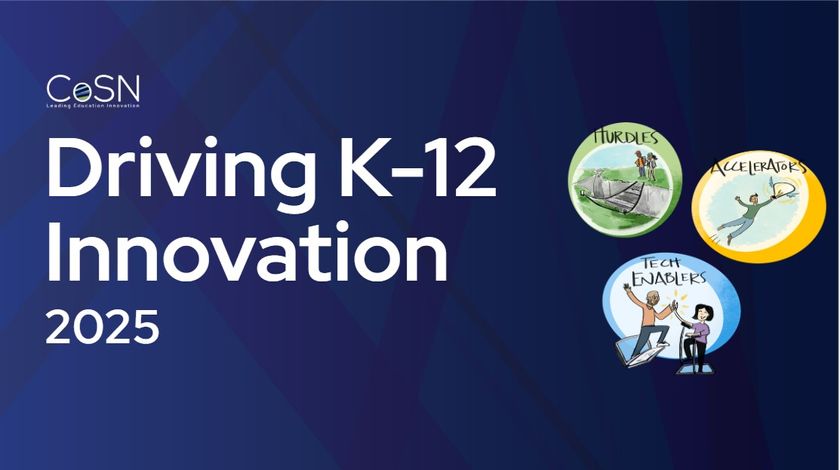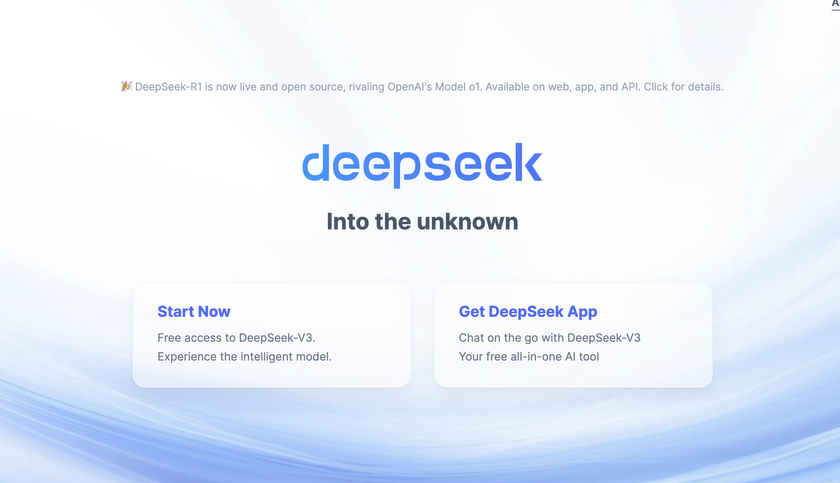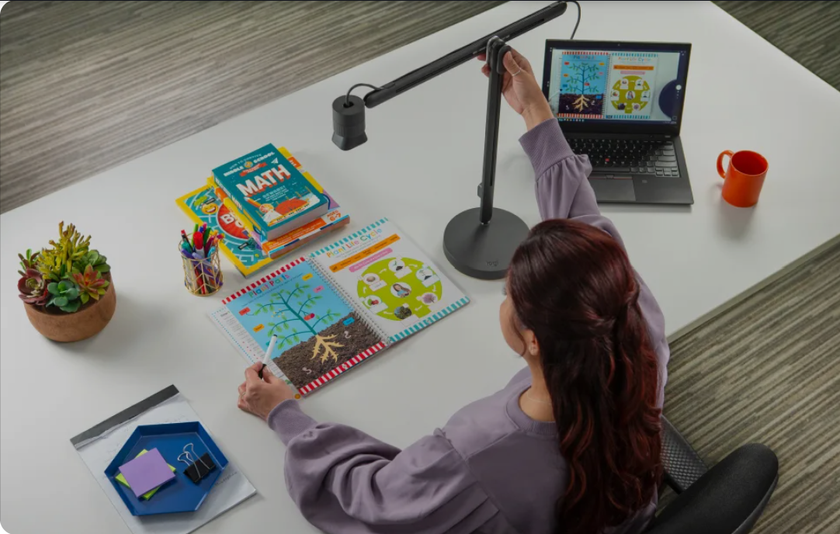More Than 3,000 El Paso School District Students Improve Reading Levels

Literacy publisher MindPlay, Inc. has announced the results of a pilot program at El Paso Independent School District (EPISD) where 3,142 K-12 students used its CASE-endorsed online reading program.
During the 2014-15 school year, after implementing MindPlay Virtual Reading Coach (MVRC), the number of participating students in the critical category for reading dropped 40% and the number reading at or above grade level increased from 112 to 522, with average program use of 20 to 30 hours. The 60,000-student school district has a significant low socio-economic population, including a high number of ELL students.
Austin High School, one of 10 pilot campuses, among the 94 campuses in the El Paso district, reported a 41% drop in the number of critical students after using MVRC. The number of students meeting grade level reading started at 14 and grew to 96. One tenth grade ESL studentat this school began the MindPlay program reading at a third grade level. By April, she was reading at a ninth grade level.
“Having a consistent program, MindPlay Virtual Reading Coach, for our principals and teachers to engage students in reading is important,” said Dr. Royce Avery, Area Superintendent of El Paso Independent School District. “We clearly saw that when kids used the program with fidelity they achieved results. The students are really enjoying seeing their progress and how fast they progress in reading with MindPlay. Now all of our principals want to be involved with the program.”
The program students used in classes to help improve reading performance, MindPlay Virtual Reading Coach® (MVRC), is a state standards aligned online program that helps students in grades K-12 learn to read. The pilot included 3,142 students who were either in general education at one of 10 middle or high school campuses, or were in special education at one of over half of the district’s campuses, including elementary schools. Participating students received online reading instruction three to five times a week. Teachers also used MindPlay’s RAPS 360 (now called Universal Reading Screener) to monitor student progress.
”We have seen profound growth in reading since students started using MindPlay Virtual Reading Coach this school year,” said Pam Howard, Assistant Superintendent Special Education and Special Services, El Paso Independent School District. “The program’s positive, non-punitive combination of language acquisition and reading is exceptionally helpful to special education students. Everything is about reading now on state tests. If students can’t read content, they can’t pass courses, as well as tests.”
With 10 percent of the district’s students in Special Education, Howard appreciated that MVRC provides individualized instruction for every child. According to Howard, students with special needs often require more repetition than a teacher can provide during the time they have in class. With MVRC, the special education students worked at their own pace on the computer and could have lessons repeated as needed.
Tech & Learning Newsletter
Tools and ideas to transform education. Sign up below.
Sixth-grade students with dyslexia at Wiggs Middle School improved up to three grade levels in reading. It took a lot of hard work and patience from special education and dyslexia teacher, Mary Lou Parker, and the struggling students. The MVRC reading program on the computer gave the teacher another resource to alternate with her own lessons. She found the “mistakes report” in the program very helpful to review to see where they were having trouble and then put them back on the computer to work on those skills. Parker used printable reports from MVRC to communicate progress to parents.
“The reading fluency part of MindPlay Virtual Reading Coach is so much better than anything else I have used, and the program never gets ‘mad’ at a struggling student,” said Mary Lou Parker, the dyslexia/special education teacher at Wiggs Middle School. “I can’t replicate in written lessons the way the words disappear on-screen so a student must read faster to keep up. Students could immediately look at a report and see how much faster they could read a passage than the day before. Also, the confidence level in working with a computer that my students with dyslexia attained helped prepare them for the STAAR-A, the new accommodated version of the state test that must be taken on a computer.”












